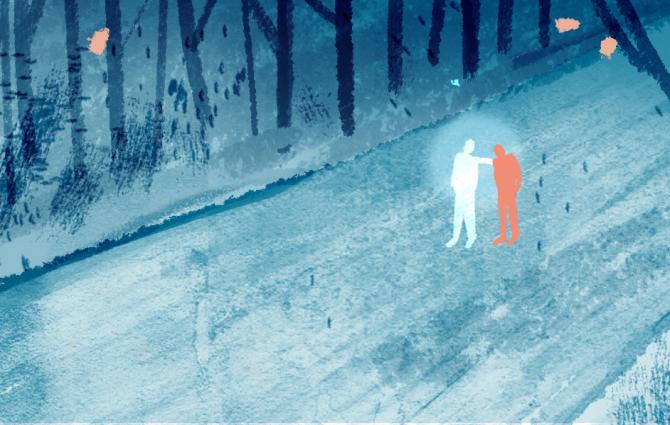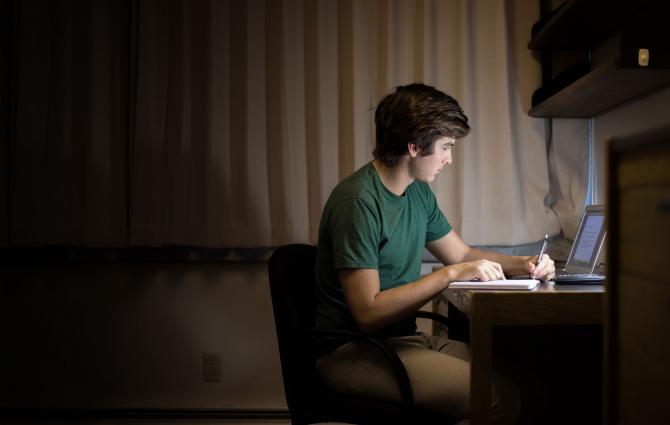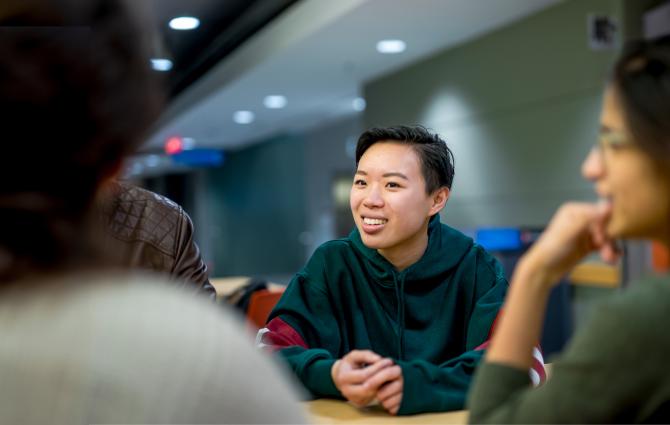I am an alumnus of UBC Engineering. I like to build things, and take them apart, and imagine how putting them together again could make them better. I see the world through a lens of creation and design.
A few years ago, in my Materials in Mechanical Design course, my professor gave us a design challenge: work in groups to pick a load-bearing thing – anything – and find the best material to build it with.
Step 1 of the challenge: decide on a…thing – one that can carry a force.
Now, how to think like a designer? Brainstorm as many possible options in a short amount of time and work with my group to narrow it down to one.
So that’s what we did. And we landed on…a pop can. Yup, a pop can!
We defined our specific design challenge as follows (excuse the Engineering-speak):
“How might we identify the parameters to be optimized and, through a quantitative method involving performance indices and selection charts, the ideal material to meet the design specifications of a pop can?”
To reach the solution, we were looking to find the magical spot at the centre of a Venn diagram relating the head, heart, and hands – or in more technical terms: feasibility, desirability, and resource capacity.
In my dorm room, I sketched through eight possible prototype materials. Then my project group took these ideas and determined that the can needs to…
- hold liquid
- be lightweight but durable
- be cheap and easily manufactured
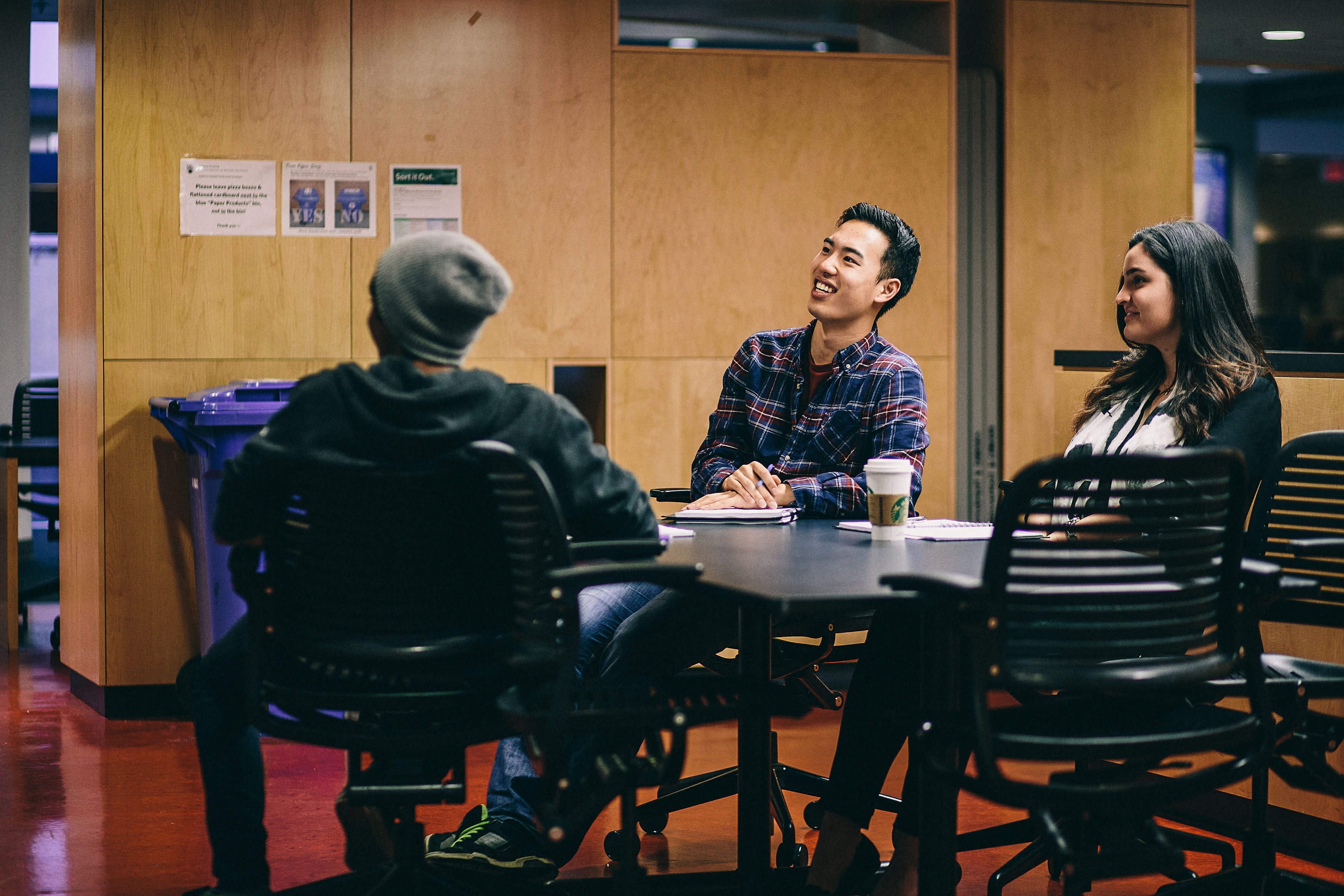
From my list, we chose the four strongest options: glass, plastic, aluminum, and steel.
- Glass is transparent, but brittle.
- Plastic is inexpensive and strong, but more environmentally hazardous.
- Aluminum is light and easily recycled, but more costly.
- Steel is cheap and heavy, but has good mechanical properties and easily formed.
And in the end, steel won as the best material for our pop can. Yes, a steel pop can is the winning design to optimize cost, weight, strength, and ecological footprint.
The next step? Multiple iterations, or trial and error, to make the best possible prototype.
Why am I sharing my study group’s exploration into the detailed intricacies of a beverage container?
Because, like this assignment, my time at UBC has been its own design challenge. I’ve needed to brainstorm all the possible directions my life could go, hypothesize the many solutions with my peers and mentors, research, and then use my actions as the prototype for discovering the best possible UBC graduate – the best possible me.
Years ago, there was no design challenge.
I was going to be a doctor. It was the only prototype and the only solution in my life. But then I hit a wall. My grades plummeted, I lost my scholarship. My motivation for school had entirely disappeared.
I remember sitting on my bed in residence, imagining the worst and breaking down, tears running down my face…
But then I remembered the materials I had to work with – my age, my potential, and my community. And there it was…my design challenge!
“How might I choose a path at UBC where the variable that I optimize is my happiness?”
Step 1: Brainstorm
Maybe I could…
- Switch to Chemistry
- Finish my degree, then do an MBA
- Go into Law
- Take a gap year to travel the world
- Transfer to Engineering
- Get a degree in Education
- Transfer to Kinesiology
- At all costs, keep trying and get into Medicine…
Step 2: Present the brainstorm to a group
I talked to friends, faculty, and staff, and they were the people who gave me the confidence to search. The people who were windows into what my UBC path could be. And it was with their support that I narrowed my options down to two:
- Pursue the path of tangible problem solving in Engineering, or
- Continue to pursue the path of pride and financial stability in Medicine.
In the end, it was a difficult conversation with my parents and my sister that helped me decide – no, gave me permission to decide – to become an Engineer.
So yes, if you do the math, I took seven years to earn my undergraduate degree. And while my stay at UBC was limited by several factors, time itself was not one of them. I was no more behind in my seventh year than I was in my fourth.
"Every mistake you make, every iteration you test, every exam you fail is another piece of your design challenge. And with each prototype you cross out, you are another step closer to where you want to be."
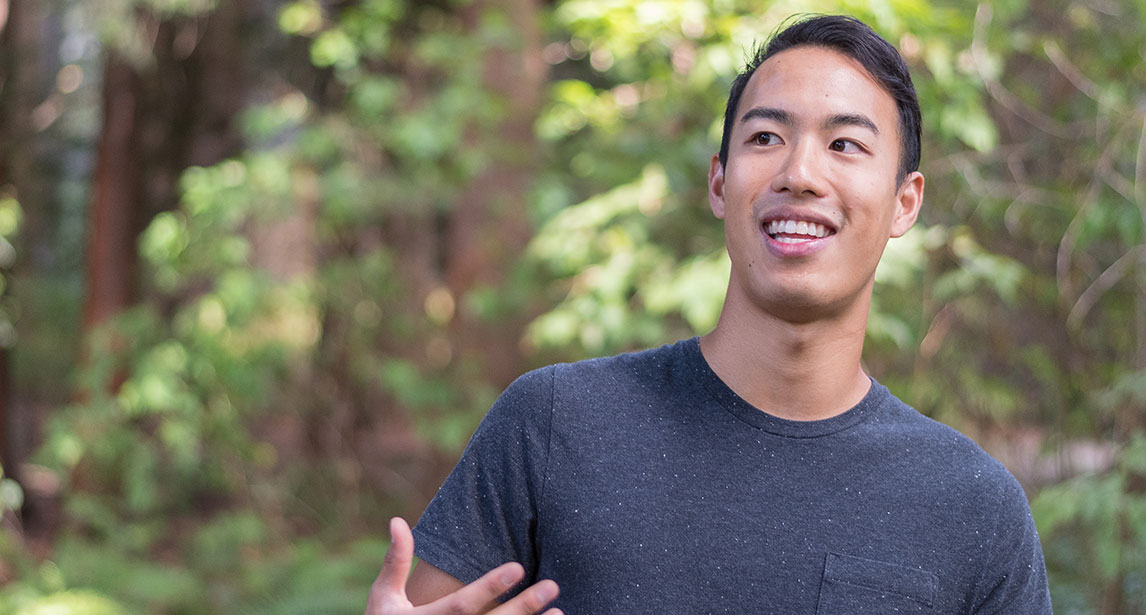
As for me, I’m still designing.
My degree in Materials Engineering from the Faculty of Applied Science was a step in the right direction, but until I start applying my knowledge to community beyond UBC, I will not quite become the perfect prototype of me. And that’s the beauty of it: knowing that any path I take, any choice I make, will always be a step in the right direction.

